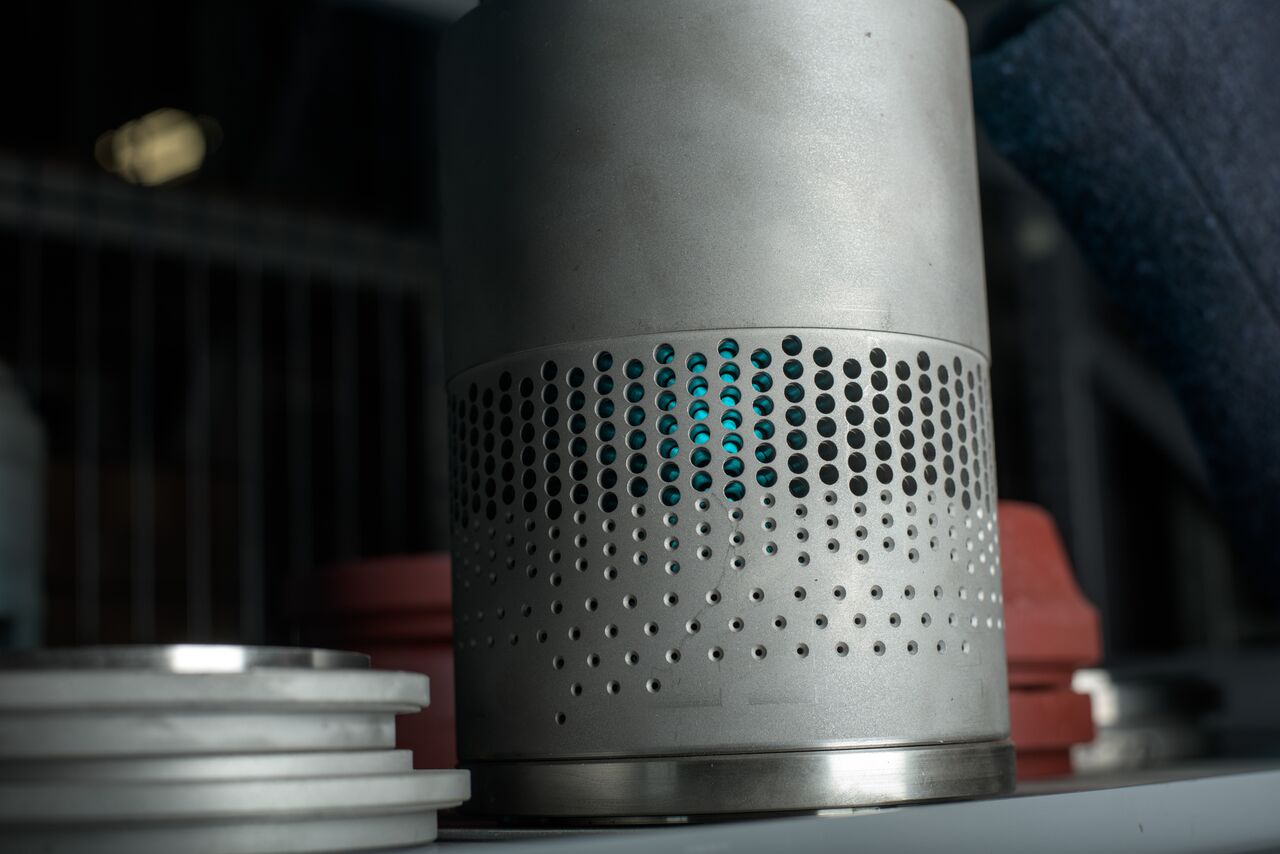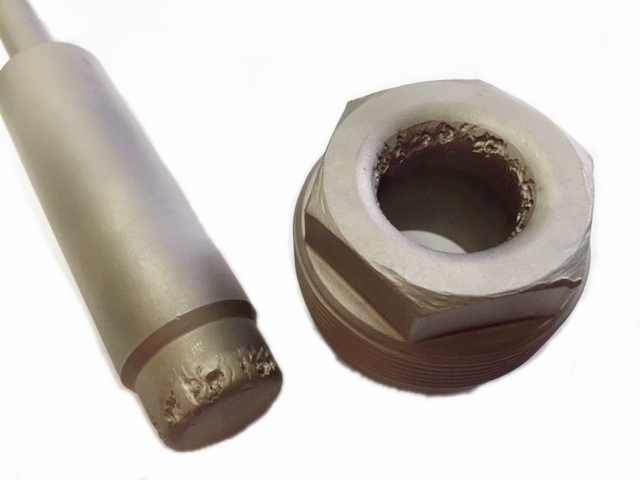Flow Control Equipment’s ability to properly size and select control valves to suit a customers particular application is what sets us apart from other valve shops. We possess the knowledge and expertise in providing the correct selection of material and valve trim to combat cavitating liquids in your production process. This leads to longer equipment life and fewer down times, which keeps your money in your pockets.
Anti-Cavitation Trim
Multiple Pressure Drops Using One Control Valve
Understanding Cavitation In Liquids
Cavitrol® III trims are used for cavitating liquid applications in various globe style valve bodies such as Fisher E-Body and HP control valves. If the absolute pressure at the vena contracta falls below the liquid’s vapor pressure, bubbles form. As the liquid flows further downstream its velocity drops, its pressure increases and at some point the rising pressure will cause the bubbles to collapse. If the bubbles are near or in contact with a surface (valve body or pipe wall) when they implode, damage is likely to occur. When this process is consistently occurring during production, the material surfaces fatigues and eventually erodes. When cavitation occurs in the valve orifice, changes in the downstream pressure will not pass through the barrier and only changes in upstream pressure will alter the flow rate. If the downstream pressure remains below the liquids vapor pressure, the bubbles do not collapse back into liquid phase and flashing occurs.
Bubble Implosion

Bubble implosion creates a microscopic jet of liquid that can generate momentary pressures up to 70,000 psi.
Cavitation Damage to Valve Trim
Cavitrol® III 1-Stage Cage
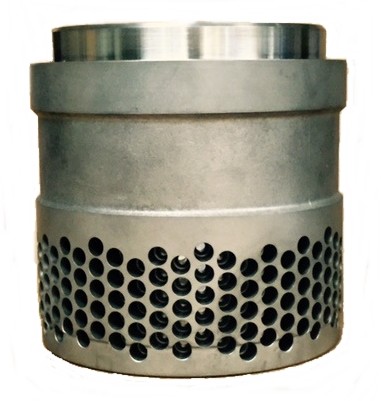
Cavitrol® III 2-Stage Cage
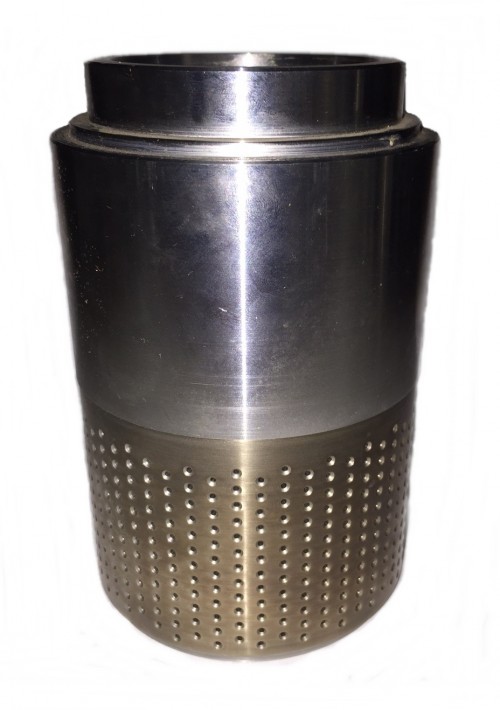
Flow Control Equipment Characterized Anti-Cavitation 2-Stage Cage
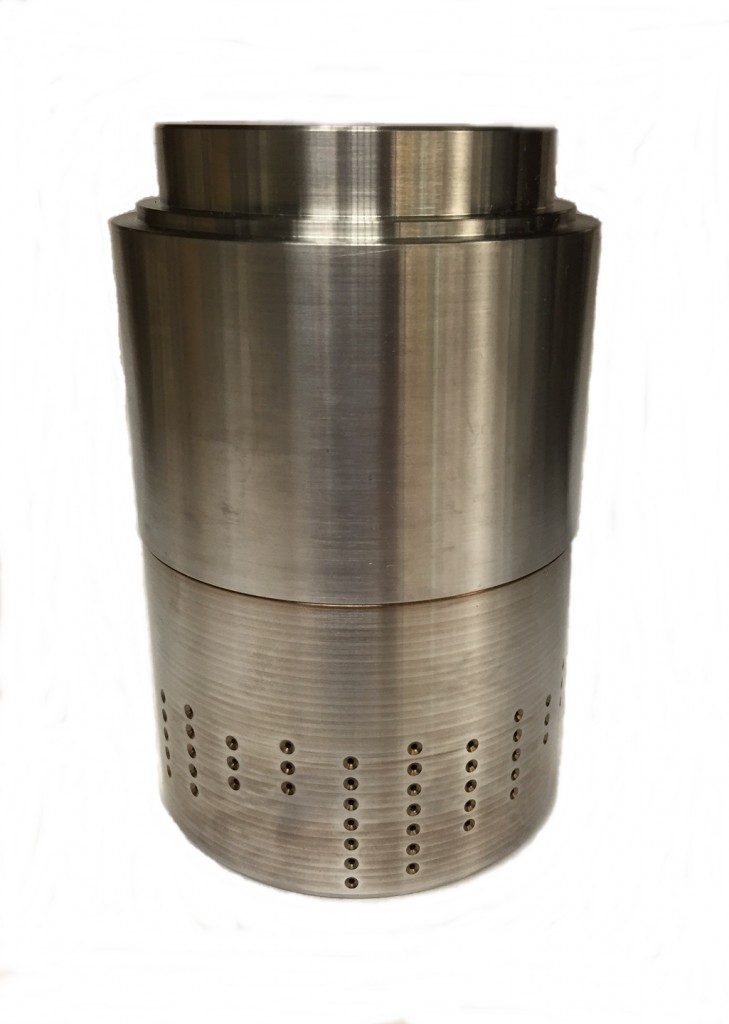
Anti-Cavitation Characterized Cage Assembly for Fisher HPT
